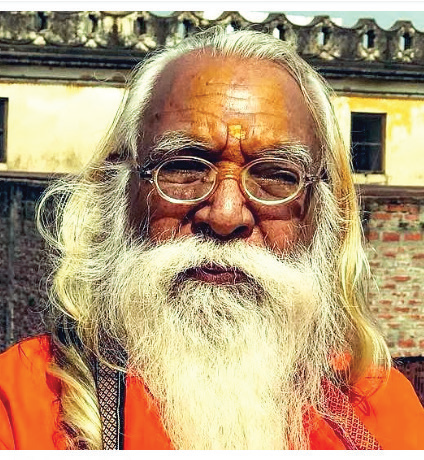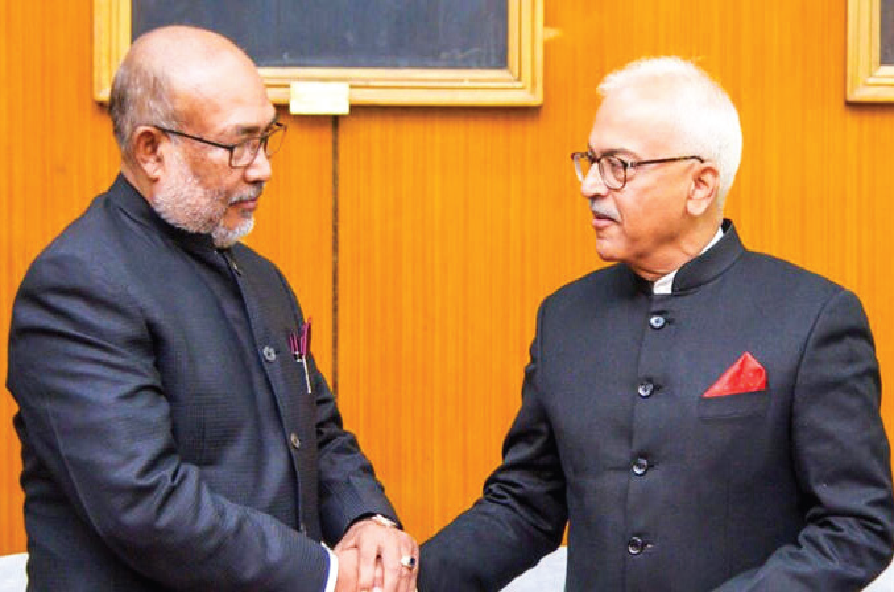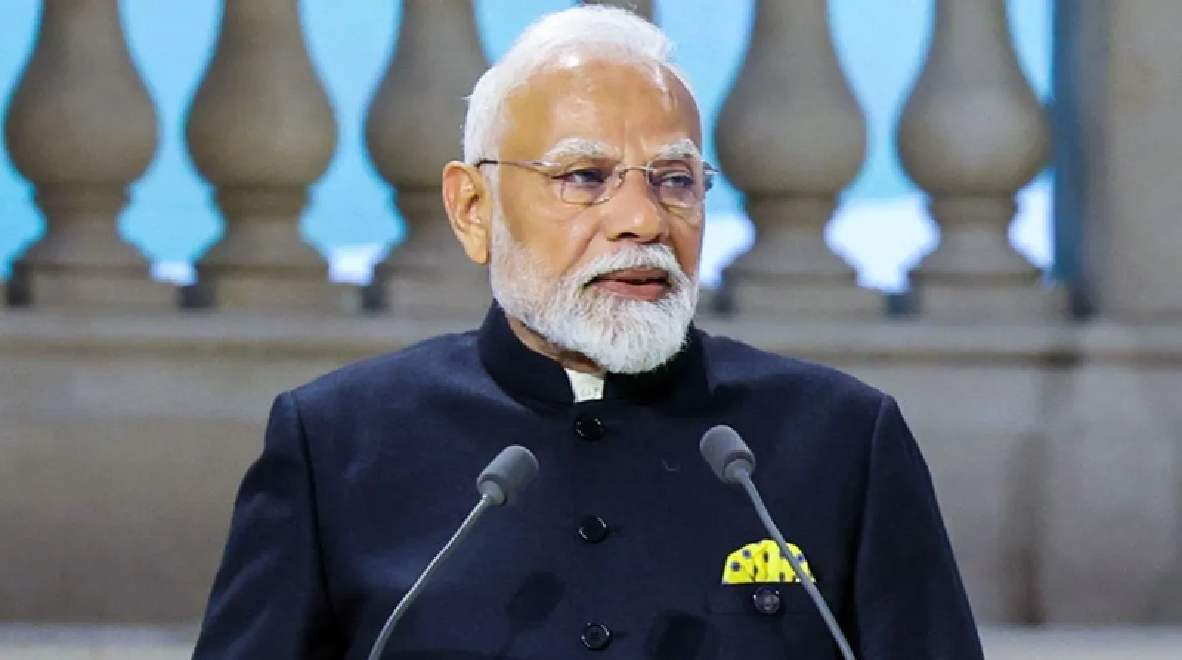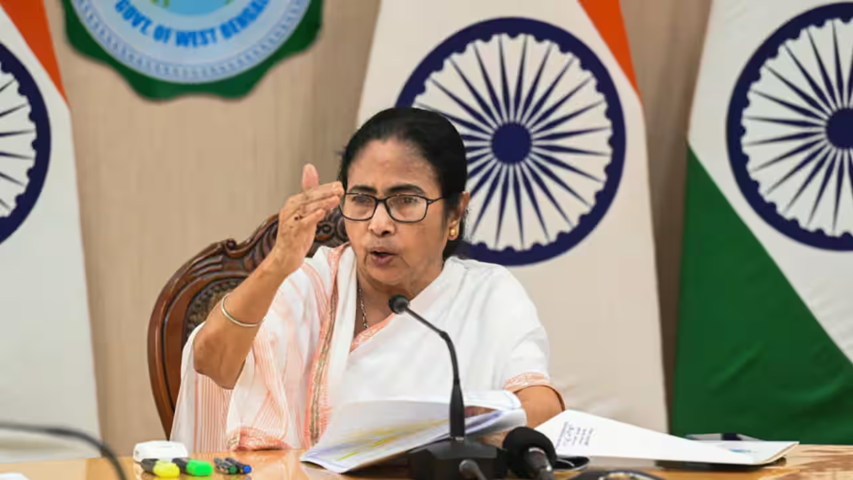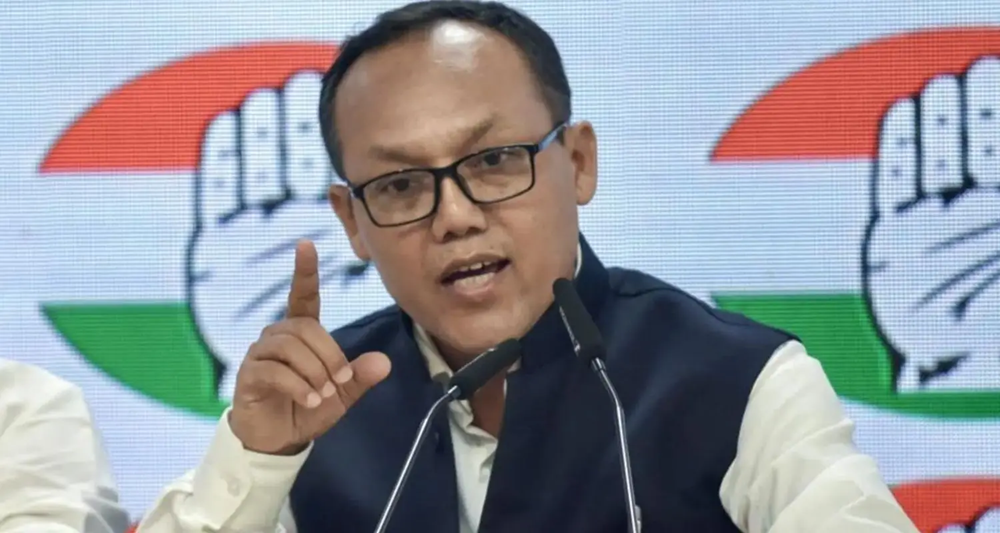
Bypolls: No big winners but trends are there for all to see
Sandeep Shastri
The ‘festival’ of a mini-elections coincidentally, coincided with the onset of the ‘festival’ of lights. With three Lok Sabha seats and 29 Assembly constituencies choosing a new representative, the spotlight of attention was clearly on the results. Its wider implications for both national and state politics will very much be the focus of attention. Being the last major electoral contest before the end of the year, its ramifications are already a point of discussion.
At the outset, a caveat needs to be added to this analysis. There is very little empirical proof to say with any element of certainty, whether a by-election favours the party in power or its principal opponent. Secondly, it would be too hasty to conclude that a by-election is a referendum on any level of government. As the results came trickling in, all sides have claimed victory and more often than not, it is a very complicated rationalization that all political players bravely try to attempt!
On any by-elections and specifically this round of electoral contests, three broad points need to be made. Firstly, the results are often reflections of local specificities. If in Telangana, the BJP won the by-election is it important to assert that its candidate was earlier a TRS Minister who resigned from both the Assembly and party and donned the BJP colours. In Haryana too, the INLD victory was the party holding on to the only seat it had in the Assembly in its traditional bastion. The death of a sitting legislator often leads to the sympathy factor, though its impact is now being seen with a lower degree of intensity. In Karnataka, while the Congress fielded the son of the former JDS MLA whose death caused the by-election it did not lead to any sympathy wave in favour of the candidate.
Secondly, this round of by-elections shows that the ‘honeymoon’ effect is very much on. Ruling parties which have won an election less than a year ago, tend to do better in by-polls. The results in West Bengal and Assam are testimony to this fact.
Thirdly, when a government is beyond the halfway mark of its elected term, the results of a by-election, could well be a reflection of the popular sentiment towards the ruling party in that particular constituency alone. The Congress winning seats in Himachal Pradesh where it is the principal opposition and staving off a spirited challenge in Rajasthan where it is in power, the JD(U) retaining both its seats in Bihar and the ruling parties doing well in the North East are examples that could well be quoted in this regard.
This by-election once again indicates the ‘musical chairs’ that seats often witness. In Karnataka, the BJP and Congress won a seat each. In Hangal, the by-election was caused by the death of a BJP MLA.
The BJP was not able to retain the seat and conceded it to the Congress. In Sindagi, the BJP won a seat that was with the JD(S). The son of the MLA, whose death caused the by-election contested on the Congress ticket and lost. The JD(S) was way behind the race in Sindagi as well as Hangal.
Similarly, in Madhya Pradesh, of the three Assembly seats, the BJP won two and the Congress one. The by-election was caused by the death of two Congress and one BJP MLA. The musical chairs between parties is demonstrated by the fact that Congress lost both the seats where it had sitting MLAs to the BJP, while the BJP lost the one seat where it had a sitting MLA to the Congress! Thus, all the three seats have a new MLA who represents a party different from the one that won the elections in 2018. This assumes relevance especially in a state, which has a two party contest.
A few broader reflections merit attention. The results of none of the by-elections would have in any way impacted the majority of the ruling party in the concerned state (or even in the Lok Sabha). Yet in each of the states, it was seen as a prestige battle between the ruling party and the opposition. In Karnataka, criticism has already begun against Chief Minister Basavaraj Bommai for not being able to retain a seat in his home district. This, especially, being the first by-election in the state after he became chief minister.
In Madhya Pradesh too it was a prestige battle between the two principal contestants, who stretched every nerve to be able to win the seats.
Over the years, one notices that by-elections have attracted greater attention than they did in the past. In the 1970s by-election campaigns were increasingly localised with the campaign being managed by local leaders. Today, they have become prestige battles and are often seen as a barometer to measure the popularity of a party and its leader. Chief Ministers have often felt more secure when their party won by-elections and were on the tenterhooks when their party did not sweep the polls. Often, local s
 English daily published in Bengaluru & Doha
English daily published in Bengaluru & Doha


